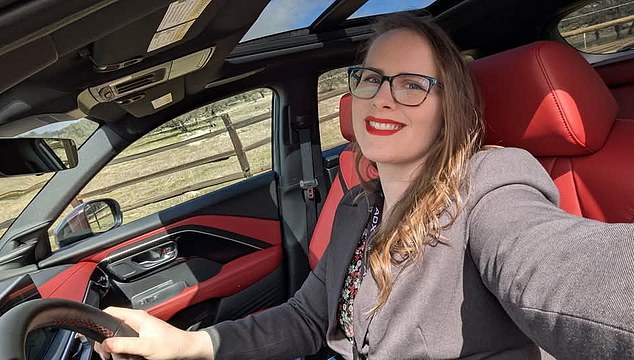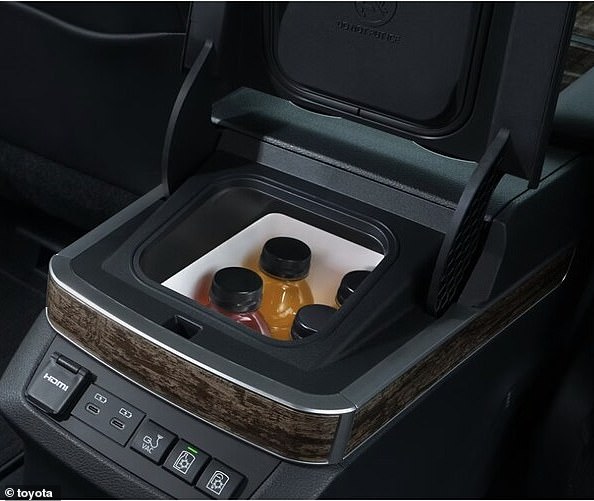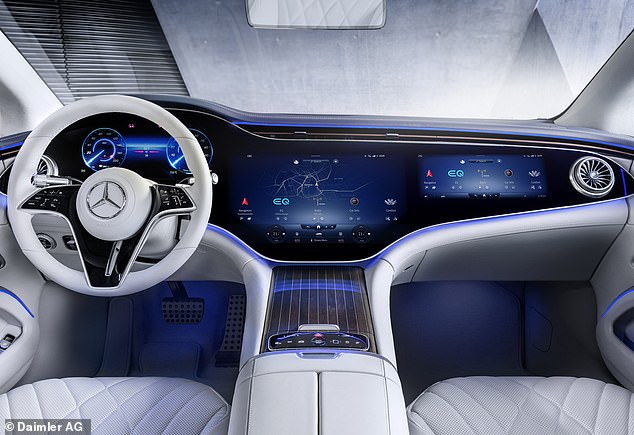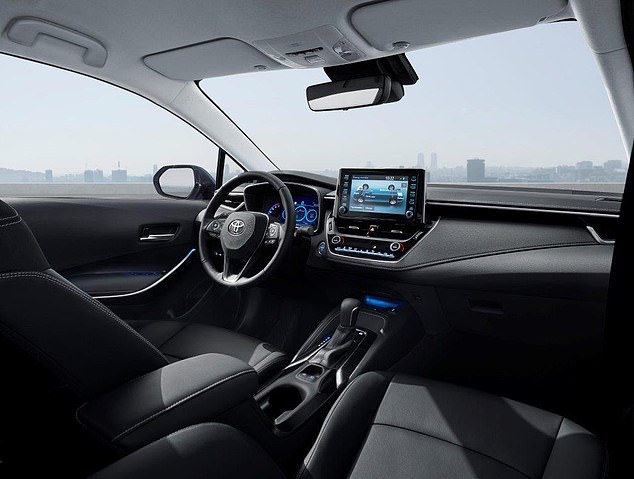Auto reviewer shreds 'dumb' car features nobody wanted... but they're stuck with them anyway
- EXPLORE FURTHER: The Top 50 Most Popular Cars in America Ranked by Operating Costs
Automobile manufacturers are investing billions of dollars to load vehicles with additional screens , sensors, and partially intelligent helpers.
Part of it functions effectively: the adaptive cruise control, automatic child locks, and phone mirroring have enhanced safety and familial convenience during drives.
However, much of it is simply foolish.
This viewpoint comes from Kristen Brown, who has tested numerous vehicles ranging from tough off-road SUVs to large minivans for various publications such as A Girls Guide to Cars .
As a mom of two toddlers, she often evaluates new features while wrangling car seats, dropped toys, and rambunctious kids.
Her verdict: these million-dollar tech innovations are bloating car prices . Plus, many of the features are redundant and not built for real life — especially for mothers.
'I see cars from a different perspective than other reviewers,' she said. 'My goal is to speak to an underrepresented, underserved, and unappreciated audience.'
Here are the features Brown says aren't worth the hype.

In-cabin fridges
High-end SUVs and minivans are beginning to feature built-in refrigerators, typically available as pricey optional additions.
In a $59,869 Toyota Sienna listed for $735, Brown came across one and discovered it was nearly worthless.
'Similar to how you can remove a $35 cooler from REI, you cannot take the refrigerator out of the vehicle,' she explained.
'The refrigerator hardly maintained our beverages at a cold temperature.'
To make matters worse, it turned into an awkward danger. She stumbled over it when she was fastening her daughter's car seat.

Built-in navigation systems
Large entertainment displays that reflect smartphone applications have turned into a common feature throughout the sector.
That's acceptable—until car manufacturers insist on installing their own navigation systems.
'Brown stated that having a separate dedicated navigation system is unnecessary.'
"Why can't they simply provide us with the Apple CarPlay and Android Auto?'
Brown said there is a bit of a distinction: EVs and plug-in hybrids can benefit from automaker-produced navigation settings.
Built-in maps in electric vehicles can help plan charging stops and precondition the battery for faster fill-ups.
But for gas cars, third-party apps are more reliable and easier to use.


Voice Recognition
Touchscreens can be distracting; therefore, automakers are turning to voice commands to maintain focus on the roadway.
Brown's view: Most aren't effective.
'She mentioned that voice recognition doesn’t serve any purpose for her.'
Not long ago, she took a test drive of a Kia Carnival and was quite annoyed by its voice-command system.
'Every time I tried to make it do basic stuff it misunderstood me or didn't work.'
Occasionally, vehicles mistakenly activate their voice recognition systems due to overhearing everyday conversations containing activation phrases, inadvertently triggering the software without proper prompting.
Ventilated seats
While some drivers enjoy having cooled seats, Brown remains unconvinced.
In contrast to heated seats, cooled seats merely facilitate the circulation of a limited volume of air through the seat and backrest panels.
According to Brown, the effect on a body's temperature isn't significant enough to warrant the frequently $100 surcharge.
She mentioned that the internal fans tend to break easily, and repairing them can be quite costly.

Wireless phone charging
Modern cars frequently come equipped with wireless charging stations located within the central console area. Ideally, these features promote the habit of keeping mobile devices neatly stored away from sight.
In practice, they exhaust devices and damage battery longevity , according to Brown.
They are foolish," she stated. "They tend to cause my phone to overheat, which is genuinely detrimental to the battery's longevity.
However, one carmaker gets an exemption: Toyota.
Several of its models, such as the GR Corolla and Sienna, feature a switch to turn off the charging pad — enabling devices to be stowed securely without ongoing warmth accumulation.
Leading car warnings
Some new cars now alert drivers when the vehicle ahead starts to pull away at a red light.
If the vehicle ahead moves forward and the driver in the new car does not follow, a warning sound from the lead car alert system will be heard.
Brown loves the feature, saying that it helps when she has to take her eyes off the road while stopped to retrieve fallen toys dropped by her children.
But her in-laws hate the tech. They think its a reminder of how much cars monitor driving habits.
"It's certainly tied to the generation," she remarked.
Read more
Posting Komentar untuk "Auto reviewer shreds 'dumb' car features nobody wanted... but they're stuck with them anyway"